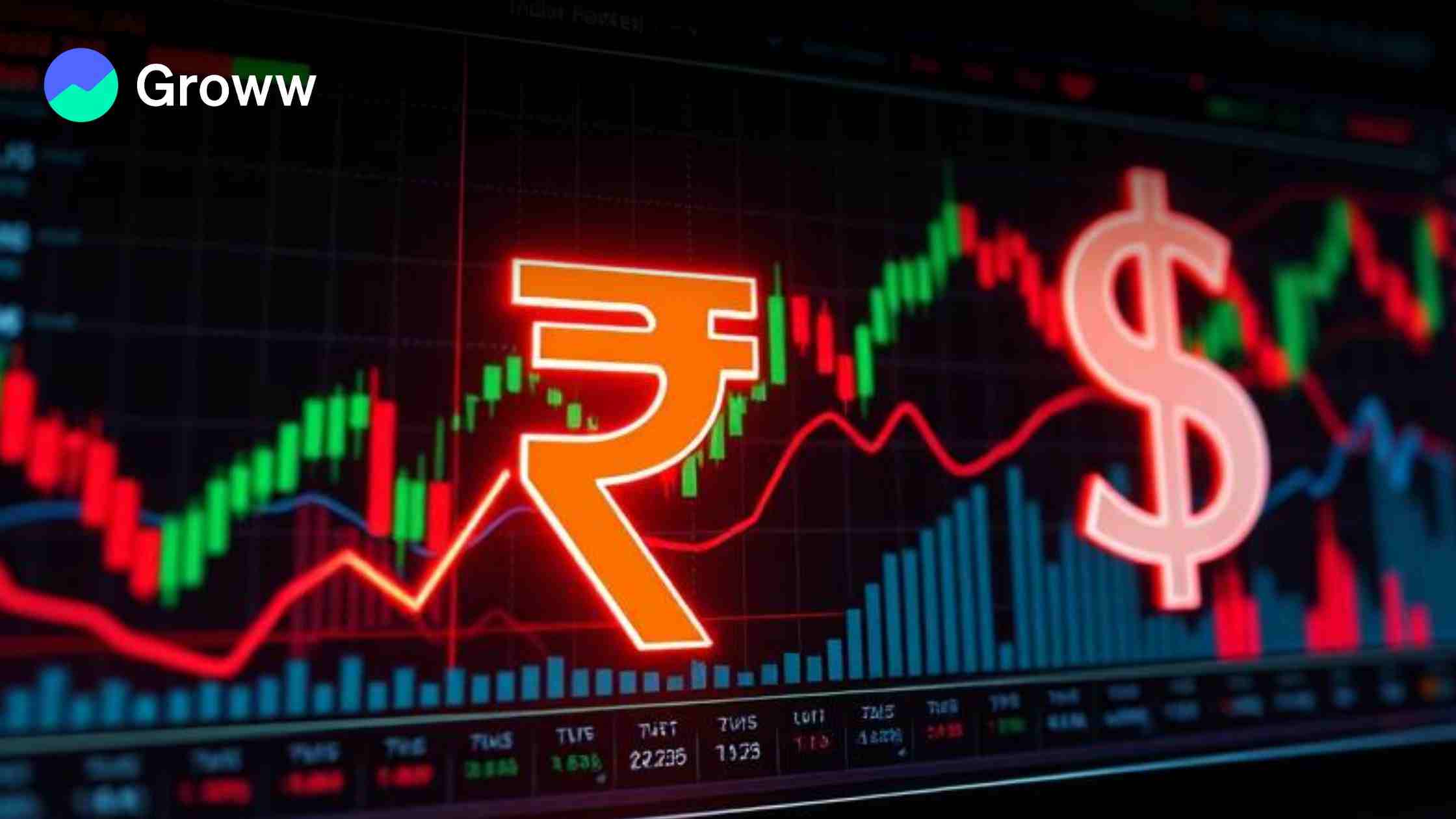Rupee Rises 9 Paise to ₹85.56/USD on Weak Dollar, Crude Oil Price Drops, and FPI Inflows

The Indian rupee opened on Thursday at ₹85.47 against the US dollar before rising 9 paise to ₹85.56 per US dollar during early trade. This upward trajectory can largely be attributed to sustained weakness in the dollar index and declining global crude oil prices, which together bolstered investor sentiment towards emerging market currencies.
Foreign Inflows Offer Support
Foreign portfolio investors (FPIs) remained net buyers, further strengthening the domestic currency. According to currency traders, improving risk appetite globally and expectations of a pause in US rate hikes have revived foreign capital flows into Indian equities and debt. The resulting surge in liquidity has lent critical support to the rupee.
Oil Price Correction Eases Import Pressure
A key driver behind the rupee’s resilience has been the recent moderation in crude oil prices. With Brent crude falling by 0.42% at $69.48, concerns around India’s import bill and its consequent impact on the current account deficit have eased. As one of the largest oil importers globally, India stands to benefit significantly from a softer energy market.
Outlook and Caution Ahead
While the rupee’s current trajectory reflects optimism, analysts caution that volatility could persist due to geopolitical uncertainties and month-end dollar demand from importers. Additionally, the upcoming US inflation data and the Federal Reserve’s rate outlook will be closely monitored by forex markets.
Conclusion
The rupee’s continued appreciation underscores a broader positive sentiment aided by external and domestic macroeconomic tailwinds. However, with global financial conditions still fragile, the sustainability of this rally will depend on a balanced interplay between foreign inflows, commodity price trends, and monetary policy cues.
Disclaimer: This news is solely for educational purposes. The securities/investments quoted here are not recommendatory.
To read the RA disclaimer, please click here